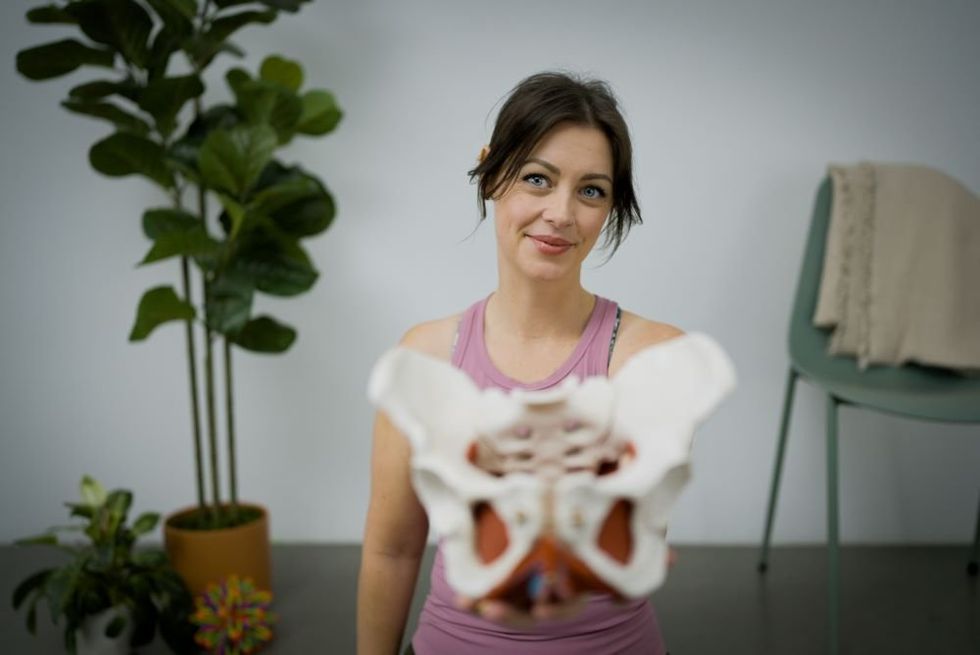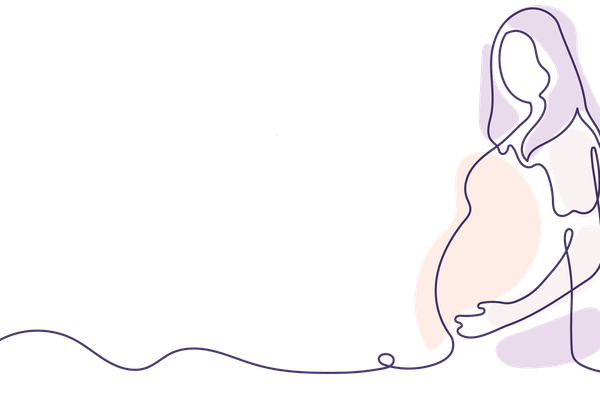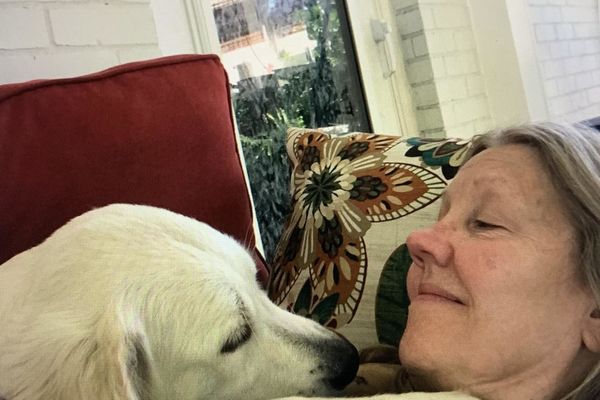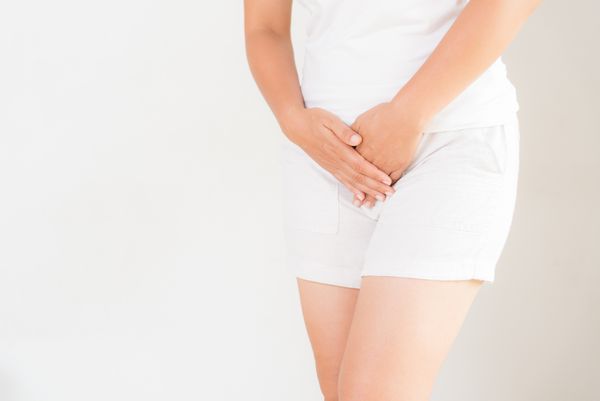This educational resource was sponsored by Poise, a brand of Kimberly-Clark.
As told to Nicole Audrey Spector
After giving birth, vaginally, to my first child, I experienced bladder leakage. It happens, I was told by my medical team. It would likely go away. And it did. But after the birth (also vaginal) of my second child, the bladder leakage came again. Only this time, it didn’t go away.
At first, I wasn’t concerned because I’d been told that postpartum bladder leakage is a common experience. But this just wouldn’t stop, and, what’s more, it was quite intense. I would pee whenever I coughed, sneezed or laughed. Often, it was a lot more than just a dribble. I relied on pads every day. I stopped wearing dresses and skirts and started wearing black pants to hide the leakage when it got bad — and I could never predict when it would get bad.
I’ve always been a very social and active person. I love hiking, running, swimming and going out with friends. Living with bladder leakage held me back from all the activities that made me feel alive. Who wants to have an accident while jogging? Or be at a party and have to dash to the bathroom without warning to avoid an accident?
Worst of all, I couldn’t show up for my kids the way I wanted to. I wanted to run and jump with them at the playground, but was too worried I’d have an embarrassing accident.
Out of fear of embarrassment, I became isolated, withdrawn and a stranger to myself. No, I realized, this is not something I have to just accept! Oh, and I tried Kegels. So many Kegels. But those only seemed to make the leakage worse.
After more than two years, I decided to take action. I was a physical therapist, and in my practice, I was committed to the understanding that everything in the human body is connected. So, I thought to myself, “I treat people using a whole body approach. I need to use that approach on myself.”

It took me several months to piece together an understanding of bladder leakage, its causes and how to best treat it. I did a ton of research on my own. It was a huge journey, and I relied heavily on my medical background to make sense of it all. Something I realize not everyone else can do.
I considered a few injuries I’d had in my past — nothing too serious, but still enough to affect how my body and bladder functioned. For example, I’d hurt my knee and my tailbone, and afterward, had adapted to some unhelpful posture and moving strategies. I believe the force from these injuries acted on my pelvis, bladder and pelvic floor, ultimately leading to bladder leakage.
I realized that it wasn't that I had loose pelvic floor muscles, as I’d previously suspected (and what women usually think is the cause of their bladder leaks). It was the opposite. I actually had overactive pelvic floor muscles that were holding on for dear life all day long. Many people don’t know this: Tight muscles are not efficient or even necessarily strong muscles. Relaxation is key to building strength, and overactive muscles don’t allow for that relaxation.
I retrained my pelvic floor muscles, focusing on lengthening and strengthening and incorporating whole body exercises. I also used methods to manage pressure and stress, like stretching, mindfulness and breathing exercises. By focusing on both the physical and emotional parts of my condition, I found a complete solution that finally brought relief.
The pelvic floor and bladder are affected by emotional stress. And as a mom of two little ones with a partner who was often traveling for work, I was under a lot of stress. And that can show up as overactivity in those muscles, as well as sensitivity in the bladder.
After just a few months of doing the appropriate exercises, looking beyond the pelvis, balancing my stress and calming my bladder, my leaks lessened and soon stopped entirely.
Now, I don’t recommend that others go down the rabbit hole I went down to resolve my bladder leakage. Instead, I suggest they seek out a pelvic floor therapist who considers the whole body — not just the pelvis. It’s never too late. I lived with bladder leakage for more than two years before I got the help I needed. To manage my leaks during that time, I relied on pads, which provided much-needed comfort and reduced the fear of embarrassment or needing to change my clothes.
Once I finally overcame my bladder leakage, I wanted to help others who are going through what I went through. Now, I work as a pelvic floor physical therapist and am honored to be in this space, helping to empower other women of all types.
I encourage my clients to use pads, or leak-proof underwear as a practical solution for managing leaks while we work together to address the root cause. I also urge women experiencing bladder leakage to get help from a professional and not feed the myth that long-term bladder leakage is acceptable. It’s common after childbirth (even Cesarean moms can experience it), yes, but that doesn’t mean it’s something to be ignored.
I’ve noticed that bladder leakage is rarely talked about in most circles. The bladder is a taboo part of the body. Even with our healthcare providers, we may be ashamed or embarrassed to talk about leakage, especially if we aren’t doing the Kegels we’ve all heard we “should do.”’ We may think it’s our own fault that we’re living with bladder leakage. And so, we clam up, and by doing that, we increase the stigma.
But the pendulum can swing too far in the other direction, too. We may laugh it off with our mom friends, assuming it’s just how things are after giving birth. But again, bladder leakage may be common but that’s not the same as “normal” — and it shouldn’t be accepted as a permanent side effect of having had a baby.
We must shatter the stigma around bladder leakage. If you live with it, let the people in your life know what you’re going through. Most importantly, get the help you need. It’s out there and waiting for you.
Resources
National Association for Continence
This educational resource was sponsored by Poise, a brand of Kimberly-Clark.
Have your own Real Women, Real Stories to share? Let us know.
Our Real Women, Real Stories are the authentic experiences of real-life women. The views, opinions and experiences shared in these stories are not endorsed by HealthyWomen and do not necessarily reflect the official policy or position of HealthyWomen.
- After a Traumatic Vaginal Birth Two Years Ago, I Live with Bladder Leakage ›
- How to Know if You Have Urinary Incontinence ›
- What You Need to Know About Urinary Incontinence ›
- Living With Incontinence, Without Shame ›
- Urinary Incontinence During Pregnancy and After Pregnancy - HealthyWomen ›







